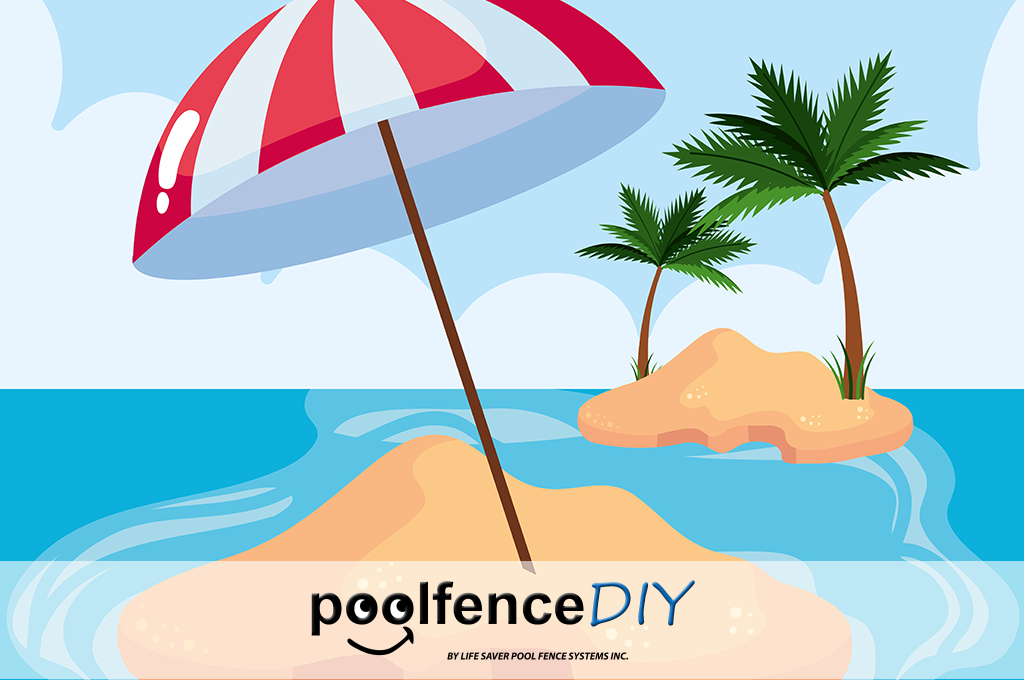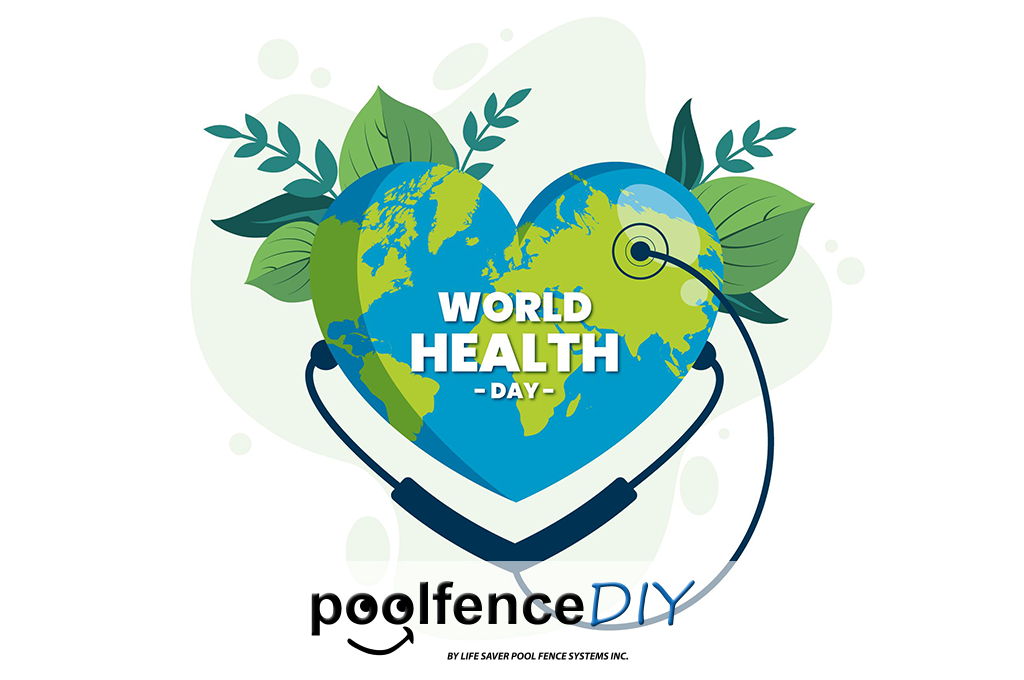Scrubbing Safely: National Bath Safety Month

It’s bath time! January is National Bath Safety Month. The idea of this annual event is to bring awareness to the potential hazards that are in all of our bathrooms. Believe it or not, the bath can be surprisingly dangerous for us all, but especially children and seniors.

How to Celebrate Bath Safety Month
The best way to celebrate National Bath Safety Month is to familiarize yourself with some of the potential hazards and pitfalls we all face. For example, the Centers for Disease Control and Prevention (CDC) indicates that one in four seniors over the age of 65 will have at least one fall per year. Over half of those falls happen in the bathroom. Furthermore, reports indicate that roughly 43,000 children are injured in slips and falls in bathtubs each year in the United States. As you can see, the tub and shower are more hazardous than most of us realize. For the rest of this blog post, let’s explore some ways to mitigate this danger for people of all ages.Don’t Tub for Too Long
First and foremost, let’s talk about tub time. A hot bath can be relaxing but it may also be quite, well, hot! Just like the dangers of cold water, hot water can also be hazardous. For one, it can lull you into a false sense of security, allowing you to accidentally doze off. Beyond dozing, extreme temperatures may lead to lightheadedness, which can cause a person to faint. As you can guess, falling unconscious in a bathtub can lead to an accidental drowning. For this reason, it’s wise to limit the amount of time you or your child spends in the water. Fortunately, this is among the easiest pieces of advice to follow during National Bath Safety Month. Simply set an alarm on your phone to let you know when to get out. Setting separate alarms for ten minute intervals should easily keep you on track.





